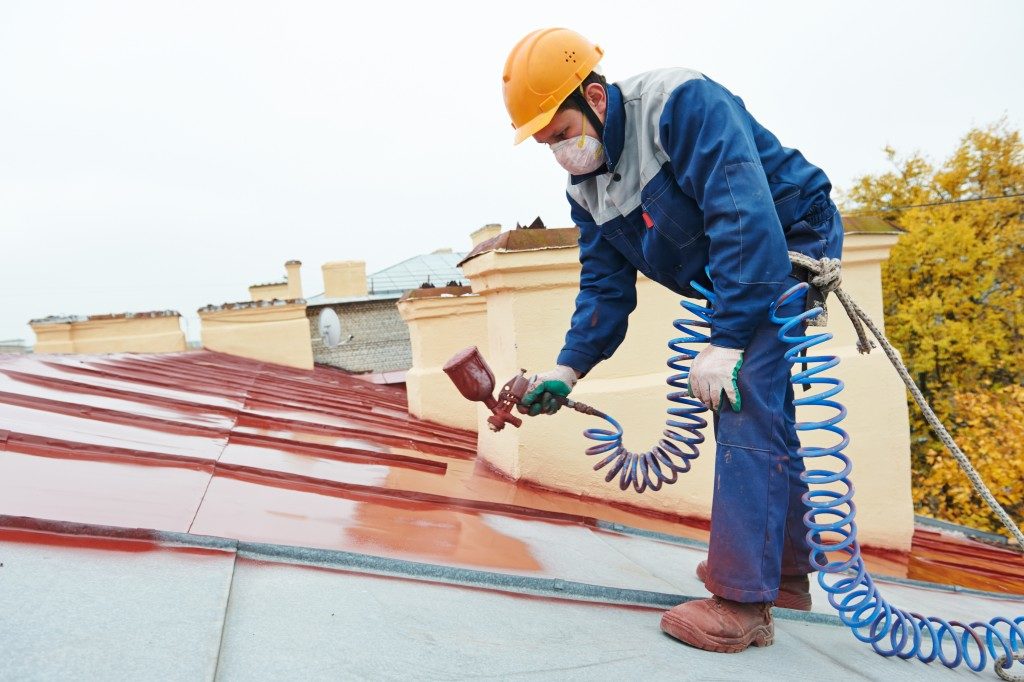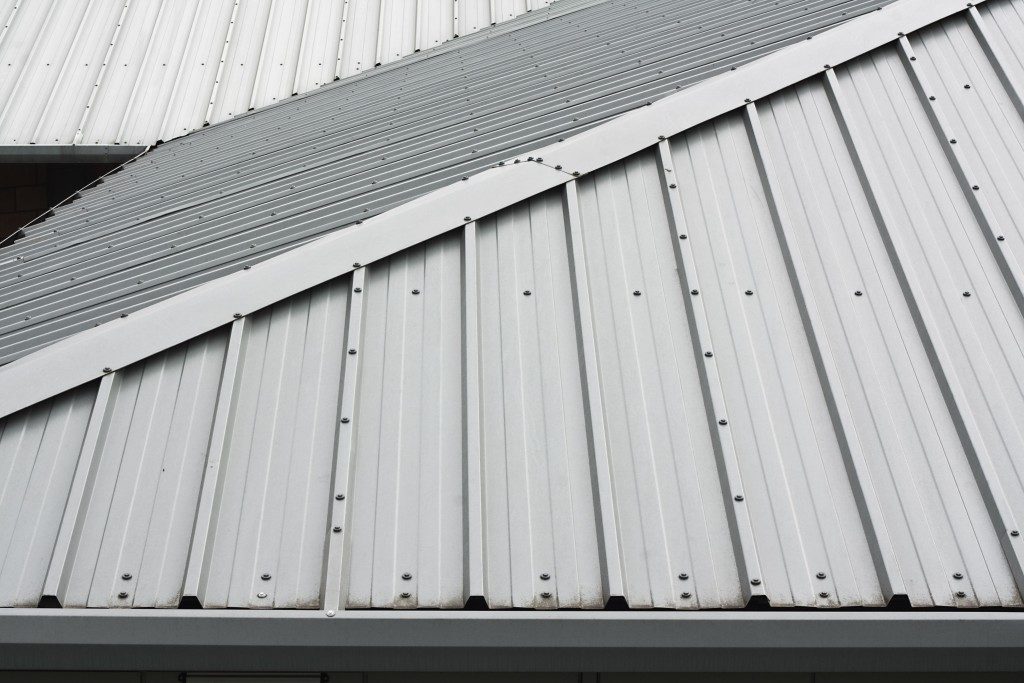Commercial roofs will generally last for a shorter period compared to those in residential properties. This is because the roofs are exposed to a broader range of elements, such as chemical residue and considerable foot traffic. If you want to improve your roof’s lifespan, a roof coating is essential. The coating can be applied or spray-painted directly onto your roofing membrane.
The application of a roof coating seems like an easy task that any property owner can handle, but it is not. You need the expertise of a commercial roofing contractor from Ogden, Utah. Consulting one will ensure that the coating will efficiently cover your roofing membrane as well as its joints. Here are the roof-coating options that you have for your property:
Silicone Coating
This is an elastomeric coating made of silicone polymers. Silicone roof coating is renowned for its UV resistance and protection against water ponding, making it suitable for flat roof protection. It has a white reflective layer that contributes to its “cool roof” designation. It also lowers your business’s cooling costs. Silicone roof coating is the best choice for places with drastic weather changes since its elasticity allows the regular contraction and expansion of your underlying roof membrane.
Acrylic Coating

This is a water-based protective coating made of acrylic resin. The layer expands and contracts uniformly without compromising its seamless seal. Its leading benefit is that it allows you to customize your roof coating’s color. The application of acrylic roof coating requires temperatures of at least 5000F, and its curing takes about a week. Acrylic roof coating cannot withstand water ponding and is hence suitable for pitched and steep-slope roofing.
Urethane Coating
This is a solvent-based roof coating available in aliphatic and aromatic variants. Urethane coatings have the highest tensile strength and are hence the best choice for the protection of high-stress areas, including flashings, walkways, and penetrations. They are also more resistant to water ponding compared to acrylic coatings. Consequently, they can be used on flat and low-sloped roofs. Urethane coatings, however, have a low UV resistance. Hence, they are commonly used with silicone top coats. They are also costly and emit a stronger odor than other protective roof coatings.
Butyl Coating
This is also a solvent-based roof coating that provides a perfect vapor barrier. Butyl coating is renowned for its high tensile strength and superior elongation, which enhances its durability. It is generally applied over SPF (spray polyurethane foam) roofs in cold storage applications. It is also UV-resistant and withstands water ponding. Thus, it can be used on flat roofs. Butyl coating, however, has a high VOC content and cannot be used in low-VOC states.
In the end, the ideal choice for your property mainly depends on your area’s seasonal changes. The type of your commercial roof and the condition of your existing roof membrane will also influence your ideal coating. The roof is the critical element that determines your property’s durability. The given protective coatings are vital not only for your roof’s longevity but the entire property’s.

